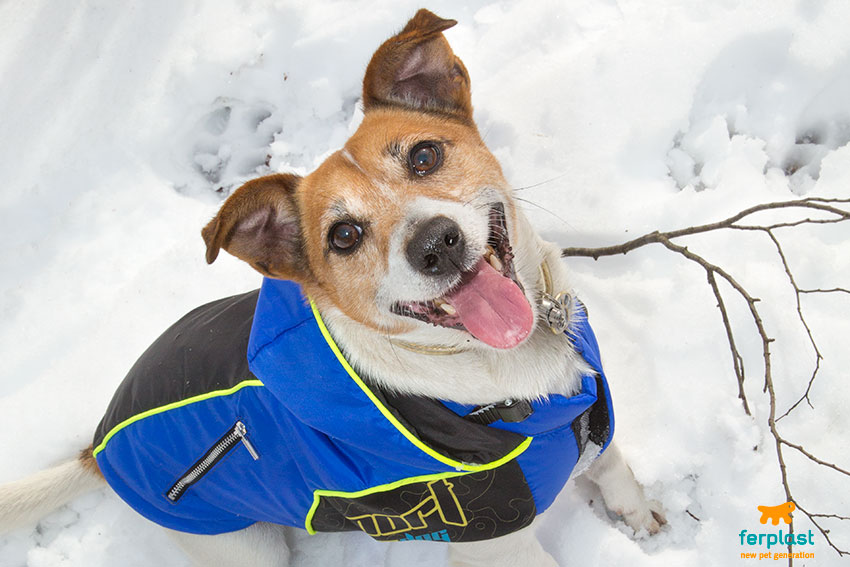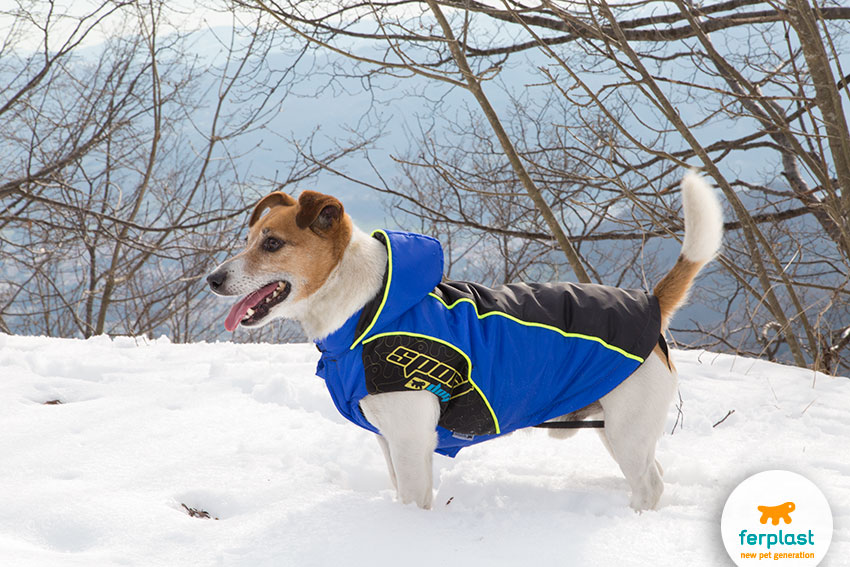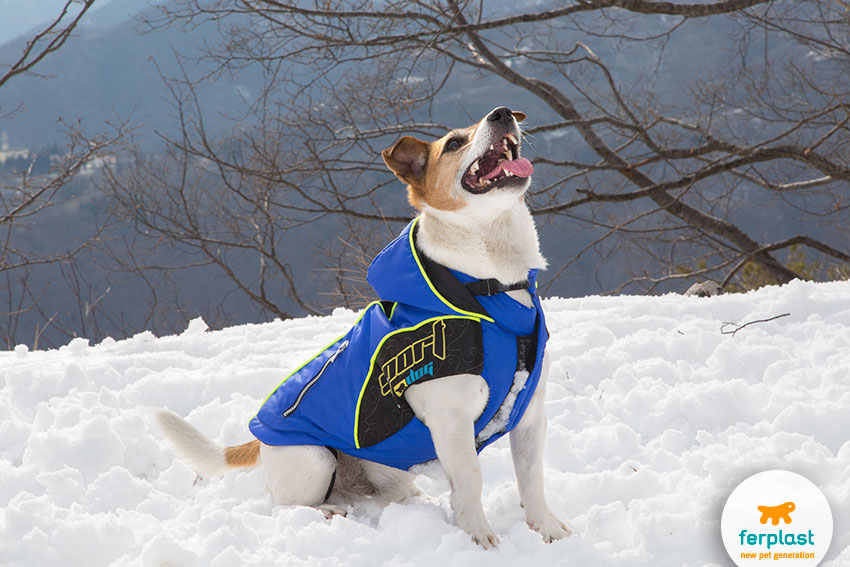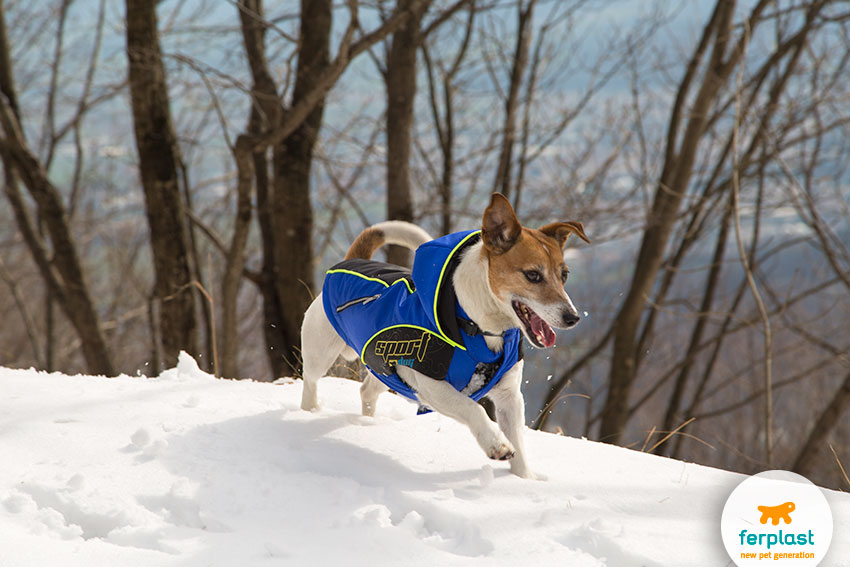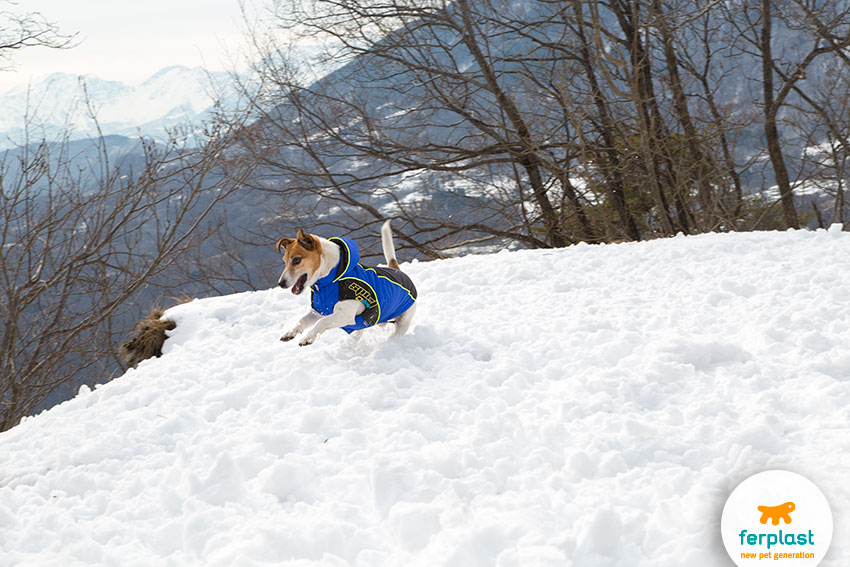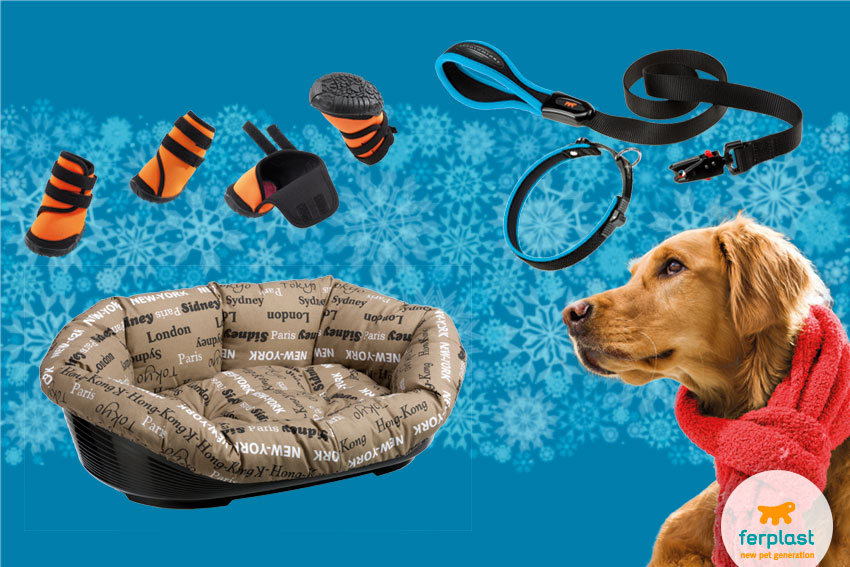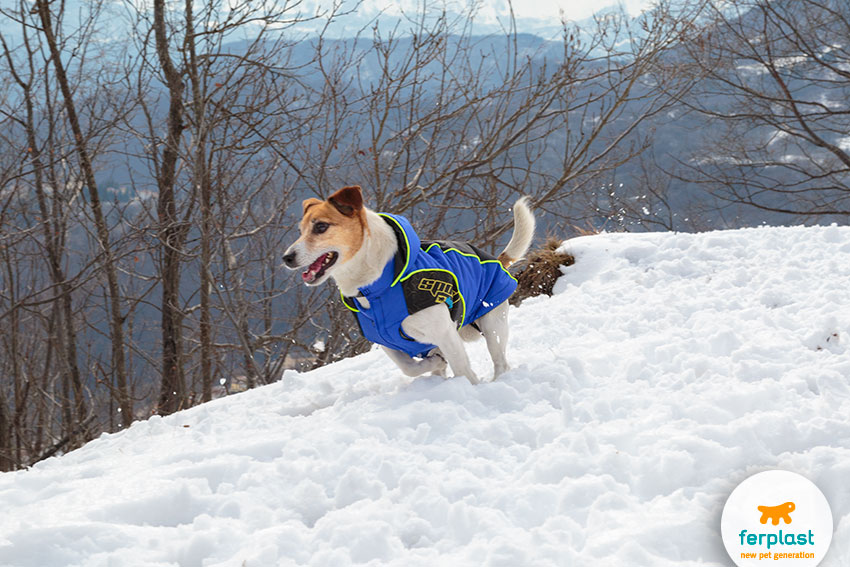Warning: this article is for snow-lowers! ![]() Winter is upon us once again and for all of you who can’t get enough of that soft and fluffy white magic sent to us from the heavens it is time to start getting ready for those wonderful walks in the crispy clean air and even for vacations on vast plains of snow with, of course, your – and man’s – best friend! What sort of precautions should you be taking to make the entire experience a thoroughly enjoyable one?
Winter is upon us once again and for all of you who can’t get enough of that soft and fluffy white magic sent to us from the heavens it is time to start getting ready for those wonderful walks in the crispy clean air and even for vacations on vast plains of snow with, of course, your – and man’s – best friend! What sort of precautions should you be taking to make the entire experience a thoroughly enjoyable one?
A walk in the snow with your dog is a delight, but remember that although it is beautiful, snow has hidden hazards. First of all, make sure to protect your dog’s paws if you plan on staying out for any length of time, the ice and snow can irritate and even crack their pads. In order to prevent this, you can smear balm on them to protect them from the icy wet ground, or you can get dog shoes, paw-wear, if you will.
Another thing you should pay attention to – and this goes for medium and long-haired dogs – is the formation of ‘icicles’ on the hair on their tummies and between the pads of their paws. They can be quite painful and lower their body temperature. The best way to deal with them is to break them up with your fingers and then gently pull them off without tearing the hair.
Putting a coat on the dog is also a good idea, it will prevent the formation of icicles on his underbelly and will protect shorter haired dogs – more sensitive to low temperatures – from catching cold. This is especially true for short-legged dogs whose tummies are closer to the ground and therefore more prone to getting that delicate area soaked.
If you plan on taking your dog for long walks in the snow, get him a sporty coat like Equipe, shown here in this picture. It is both water-proof and wind-resistant and is therefore more efficient in protecting your buddy from the cold. It’s also important to make sure your dog has his normal freedom of movement, even when he is wearing a coat (dogs love the snow and when they see it they usually leap for joy!).
And finally, don’t overdo it. Enjoy yourself with Rex, but remember that if he is not accustomed to the snow, it’s best not to keep him out in the icy cold for extended periods of time. He may look like he can’t get enough, but in the end he will suffer from the effects of the cold, especially on his paws, which can form deep cracks. If this happens, stop in to see your vet, he may even prescribe an antibiotic.
Here are some of the things you should have in your dog’s winter kit:
- Protective dog shoes;
- Sporty coat;
- Sports collar and lead;
- A warm dog bed in which to unwind when the day is done.
So… are you ready to go?

